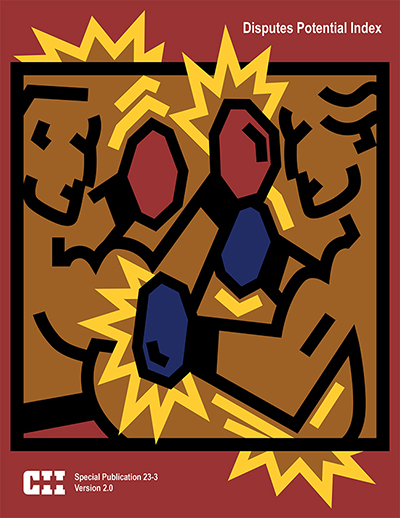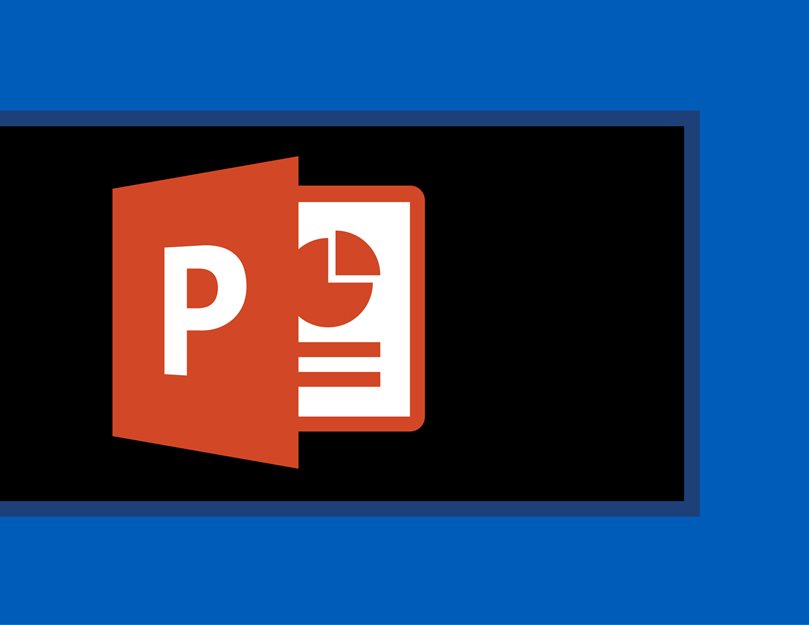
Disputes Prevention and Resolution Techniques in the Construction Industry
Three main, underlying causes of construction disputes are: project uncertainty, process problems, and people issues. If these causes are not addressed, they result in disagreements that may escalate into litigation. This escalating process will involve more people, additional time, and higher costs.
The industry has developed various methods to prevent and resolve disputes: preconstruction techniques; dispute prevention techniques; dispute resolution techniques; and conflict resolution techniques. The most valuable methods are those that prevent or resolve disputes as early as possible at the project level under the control of those directly involved.
Most CII member companies agree that alternate dispute resolution (ADR) techniques are a valuable way to reduce the cost of construction, but the industry is only beginning to utilize the techniques available.
CII established the Dispute Prevention and Resolution Research Team to investigate and identify best practices for the industry. The team focused on how disputes either could be prevented or resolved in the most timely, cost-effective manner. The results are described in this summary report.
For additional information, the reader is referred to the team’s other works. CII Implementation Resource 23-2, Prevention and Resolution of Disputes Using Disputes Review Boards, provides convincing evidence that DRBs are fail-safe mechanisms to facilitate equitable and timely resolutions to disputes. CII Special Publication 23-3,Disputes Potential Index, is a software program that can be used to predict the likelihood of disputes on an individual project. Appendix B of this research summary lists other relevant CII publications.
In order to reduce conflict and litigation in the construction industry, a comprehensive and systematic approach to the prevention and resolution of disputes must be adopted. However, one must understand the following concepts in order to implement the change: (RS23-1, p. 17)
- A change is required. Conflict and litigation are serious problems in the construction industry. Management resources which should be directed towards the primary goals of the industry are diverted, cost-effectiveness is reduced, and little of lasting benefit is achieved.
- Conflict and litigation are the end result of the claims process. The process starts when problems are permitted to escalate into disagreements and disputes. It continues when these, in turn, escalate into conflicts and litigation. The process grows in hostility and cost.
- Early and continuing involvement is critical. Prevention is better than resolution, but given the nature of the construction industry, disputes will occur. Management must take proactive steps throughout the project life cycle to prevent and resolve disputes.
In order to create a comprehensive system for dispute prevention and resolution, a project must:
- Start Right by having clear objectives, scope, and schedule in the pre-construction engineering and documentation stage. CII provides information to improve engineering and documentation which have a positive impact on dispute prevention.
- Stay Right by preventing problems from escalating into disagreements and disputes during construction. Partnering, team building, and other techniques to improve relationships will positively impact the ability to stay right.
- Provide for Resolution by focusing on the need to prevent disputes from escalating into conflict and litigation. Quick and efficient on-site dispute resolution that is fair to both parties must be taken. DRBs have been found to be effective.


